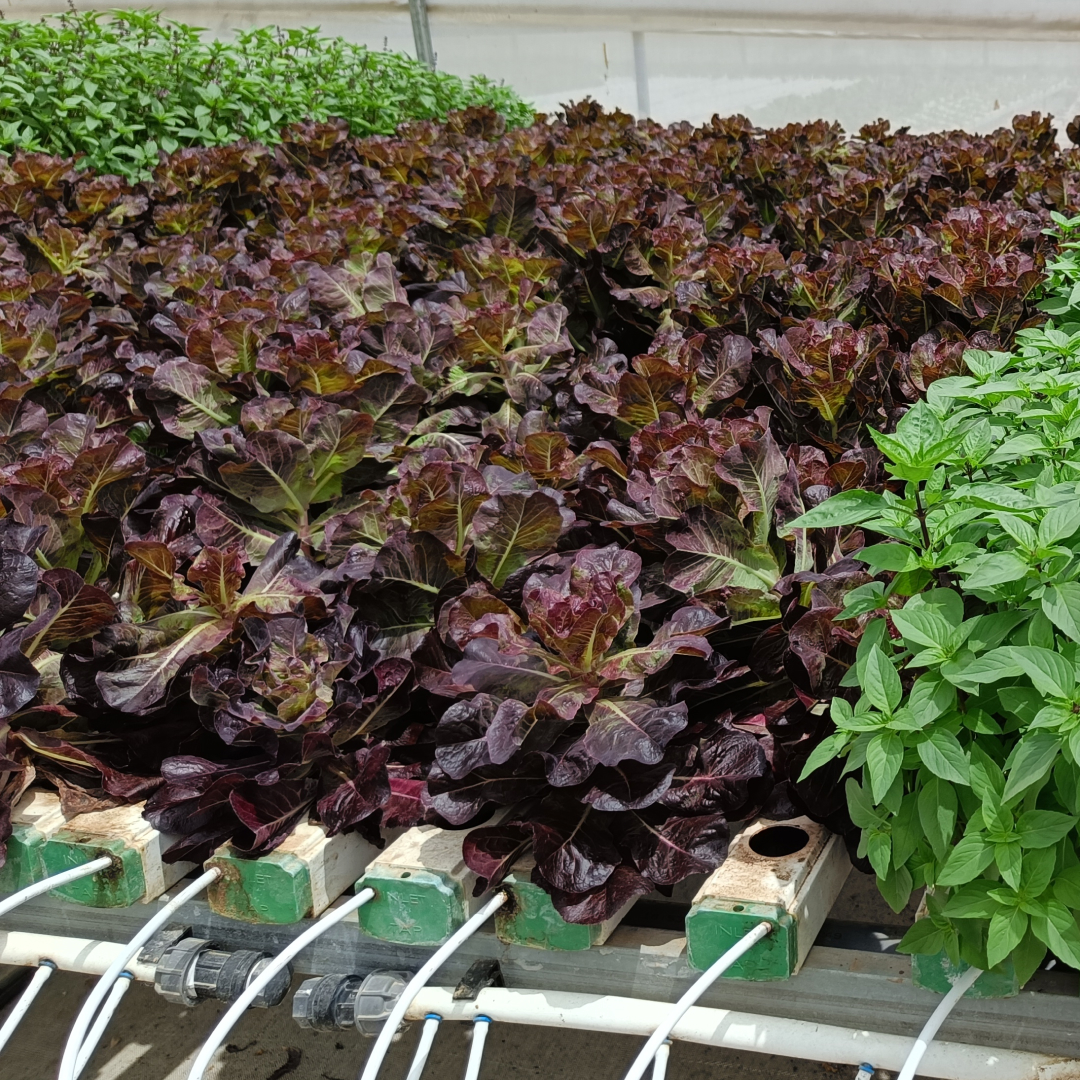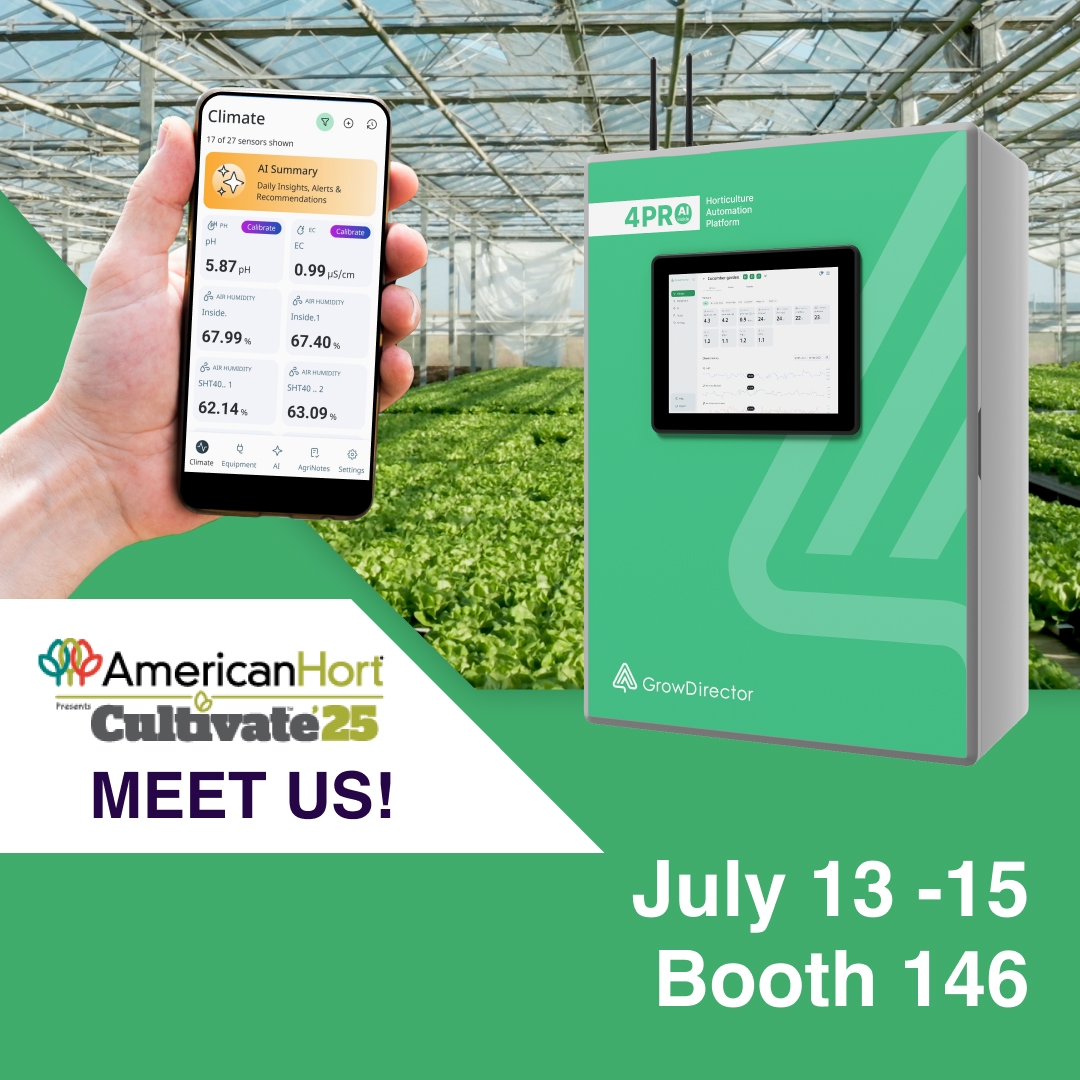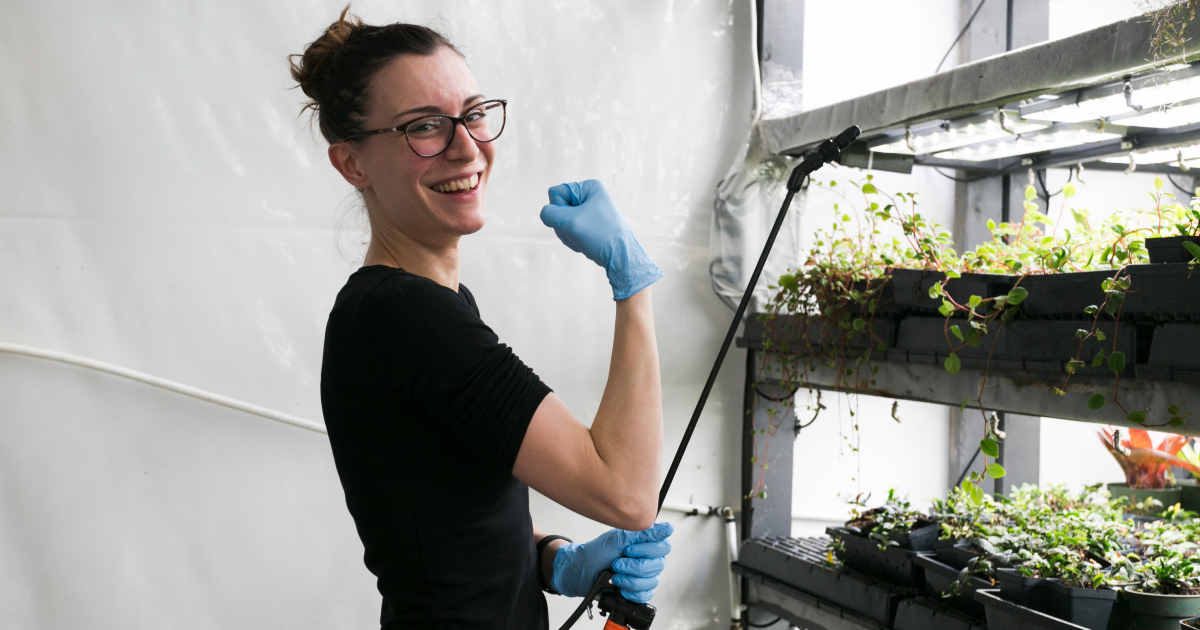
From Seedling to Harvest: The Complete Hydroponic Nutrients Guide for Optimal Plant Health
Hydroponic systems offer unparalleled control over growing environments, but dialed-in nutrient delivery is paramount for commercial growers. This post dives deep into hydroponic nutrients guide, empowering you to create a flourishing, high-yielding haven for your crops. We’ll explore essential elements, delve into DIY solutions and organic options, and equip you with the knowledge to prevent nutrient deficiencies.
Why Understanding Hydroponic Nutrients is Crucial
Unlike traditional soil gardens where plants forage for nutrients, hydroponic systems require a meticulously balanced nutrient solution delivered directly to the roots. A precise balance is essential for optimal plant growth, development, and yield. Without it, your crops can suffer stunted growth, nutrient deficiencies, and even death.
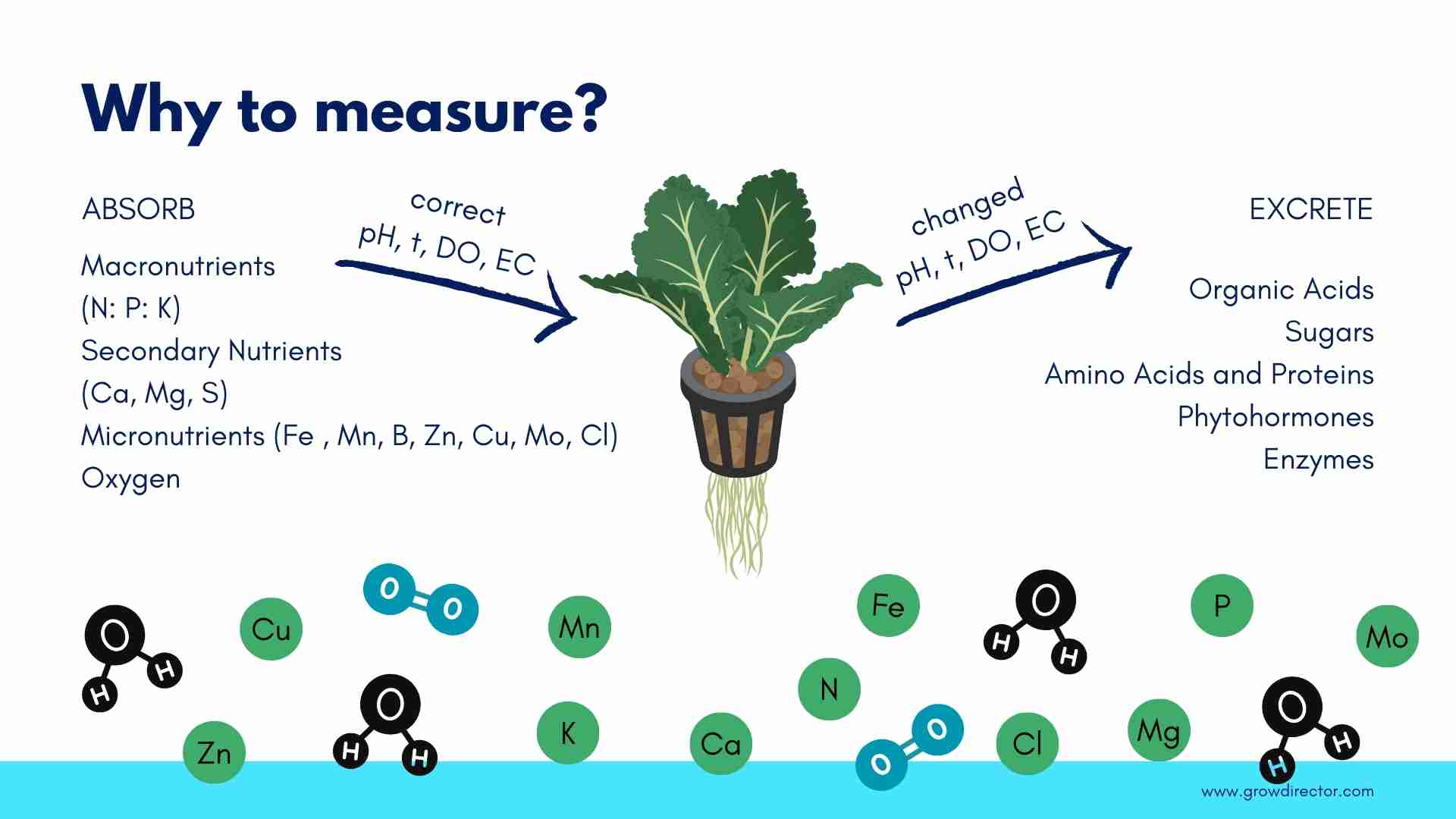
The Big Three Macronutrients: NPK for Peak Performance
These fundamental elements are often referred to as the “NPK ratio” and play a critical role in plant health:
- Nitrogen (N): Responsible for lush green foliage and robust stem growth.
- Phosphorus (P): Crucial for strong root development, abundant flowering, and prolific fruiting
- Potassium (K): Enhances overall plant health, disease resistance, and stress tolerance.
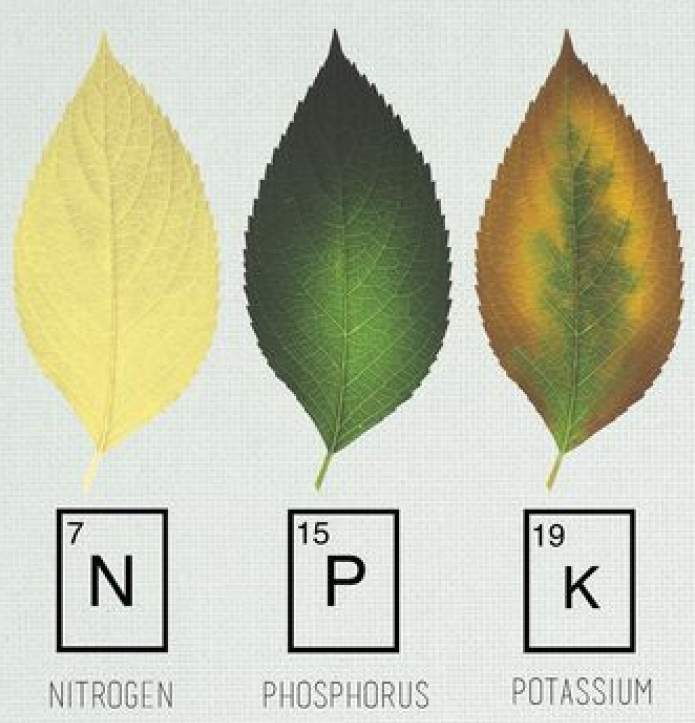
Secondary Nutrients for Optimal Plant Health
Beyond the NPK trio, secondary nutrients are vital in smaller quantities:
- Calcium (Ca): Essential for strong cell walls and overall plant structure.
- Magnesium (Mg): Necessary for chlorophyll production and efficient photosynthesis.
- Sulfur (S): Plays a key role in protein synthesis and enzyme activity.
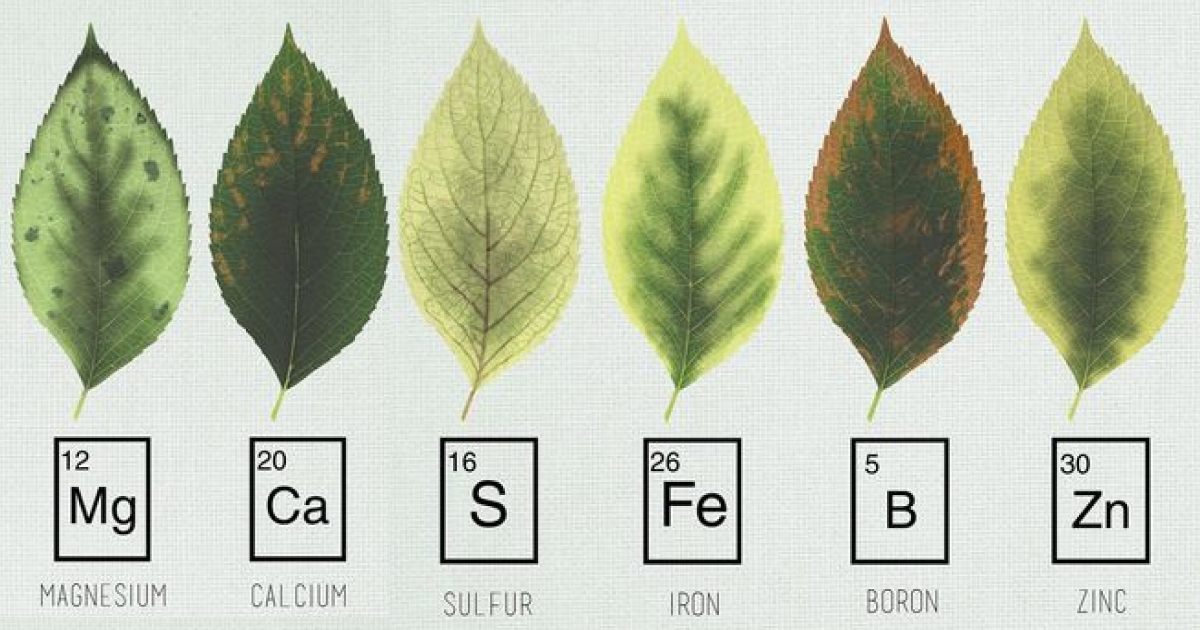
Micronutrients: The Powerhouse Players in Hydroponic Growth
Micronutrients, also known as trace elements, are required in minute amounts but contribute significantly:
- Iron (Fe): Necessary for chlorophyll production and photosynthesis.
- Manganese (Mn): Supports enzyme activity and nitrogen metabolism.
- Zinc (Zn): Essential for plant growth regulation and hormone production.
- Copper (Cu): Needed for proper photosynthesis and enzyme function.
- Boron (B): Crucial for cell wall formation and sugar transport within the plant.
- Molybdenum (Mo): Necessary for nitrogen fixation and enzyme activity.
- Chlorine (Cl): Supports healthy photosynthesis and regulates osmotic pressure.
Supplying Nutrients for Hydroponic Success: Three Popular Methods
Here are the three most popular methods we collect in hydroponic nutrients guide for providing essential nutrients to your commercial hydroponic crops:
1. Pre-Mixed Nutrient Solutions:
The simplest approach, pre-mixed solutions offer a convenient way to provide all the necessary nutrients in the correct ratios. When choosing a pre-mixed solution, ensure it’s designed specifically for hydroponics and consider the NPK ratio, presence of secondary and micronutrients.
2. DIY Nutrient Solutions:
For more control and potentially reduced costs, experienced growers can create their own solutions. This requires individual nutrient purchases and precise mixing ratios based on proven recipes or hydroponic nutrients guide.
3. Organic Nutrient Sources:
Organic options like compost teas, fish emulsion, and seaweed extracts can be used alongside pre-mixed or DIY solutions. While they might not provide all the necessary nutrients, they offer a more natural approach, potentially enhancing flavor and marketability.
Additional method:
Automatic Nutrient Dosing.
Traditionally, maintaining optimal nutrient balance in hydroponic systems has relied on manual monitoring and adjustments. However, the future of hydroponic nutrient management is here with automatic dosing systems like GrowDirector 3 PRO (particularly the HydroDirector model equipped with hydroponic sensors). This innovative technology offers unparalleled precision and control, allowing you to:
- Eliminate Manual Labor: Free yourself from the time-consuming task of manually measuring and adjusting nutrients. GrowDirector automates the process, ensuring consistent nutrient delivery for your crops.
- Real-Time Monitoring: HydroDirector sensors continuously monitor vital parameters like pH and EC (electrical conductivity) within your hydroponic solution. This real-time data allows for proactive adjustments and prevents nutrient deficiencies before they occur.
- Perfect Water Balance: GrowDirector automatically dispenses precise amounts of pre-mixed or DIY nutrient solutions, maintaining the ideal balance for optimal plant growth and yield.
- Scalability and Automation: GrowDirector seamlessly integrates with larger systems, allowing you to automate nutrient delivery across your entire hydroponic operation. This level of scalability is ideal for commercial growers seeking maximum efficiency and control.
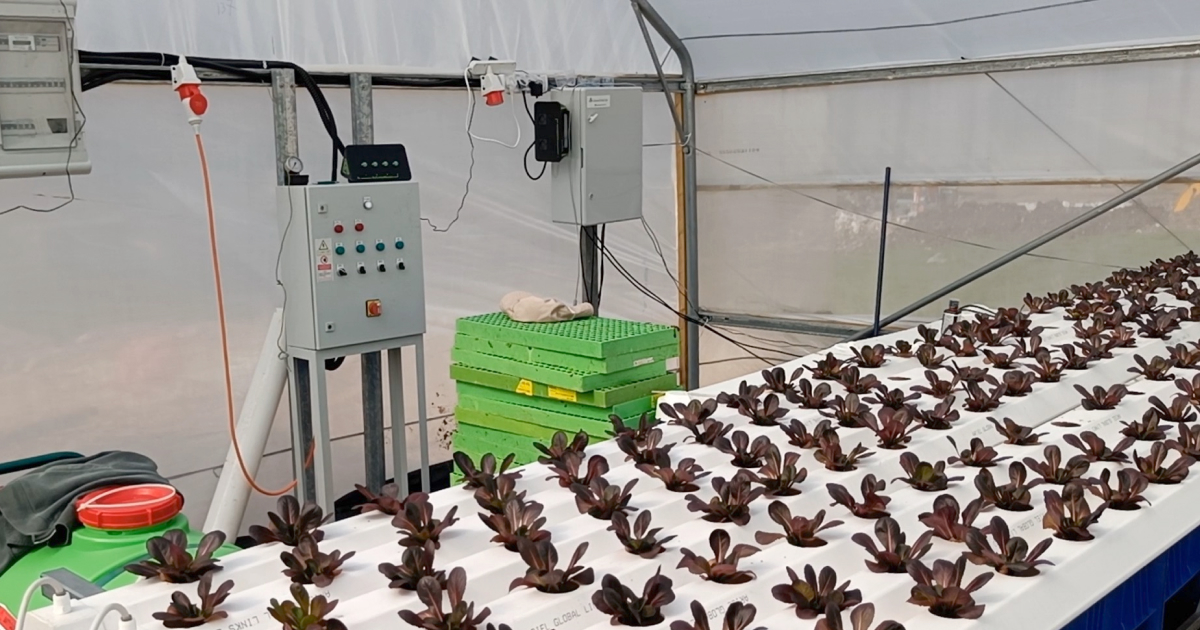
Hydroponic Nutrients Guide : Monitoring and Adjusting Nutrient Levels for Peak Performance
If levels are too high, dilute the solution with water. Remember, small adjustments and frequent monitoring are key to avoiding nutrient deficiencies.
| Nutrient | Seedling (5.5 – 6.0 pH) | Vegetative (5.8 – 6.3 pH) | Flowering/Fruiting (6.0 – 6.5 pH) |
|---|---|---|---|
| Nitrogen (N) | 100-200 ppm | 200-300 ppm | 100-200 ppm |
| Phosphorus (P) | 150-250 ppm | 200-300 ppm | 300-400 ppm |
| Potassium (K) | 100-200 ppm | 200-300 ppm | 300-400 ppm |
| Magnesium (Mg) | 50-100 ppm | 60-120 ppm | 60-120 ppm |
| Calcium (Ca) | 150-250 ppm | 200-300 ppm | 300-400 ppm |
| Sulfur (S) | 50-100 ppm | 50-100 ppm | 100-200 ppm |
| Iron (Fe) | 1-2 ppm | 1-2 ppm | 1-2 ppm |
| Manganese (Mn) | 0.5-1.0 ppm | 0.5-1.0 ppm | 0.5-1.0 ppm |
| Zinc (Zn) | 0.5-1.0 ppm | 0.5-1.0 ppm | 0.5-1.0 ppm |
| Copper (Cu) | 0.2-0.5 ppm | 0.2-0.5 ppm | 0.2-0.5 ppm |
| Boron (B) | 0.5-1.0 ppm | 0.5-1.0 ppm | 1.0-2.0 ppm |
| Molybdenum (Mo) | 0.1-0.2 ppm | 0.1-0.2 ppm | 0.1-0.2 ppm |
DWC Nutrient Guide: Tailoring the Approach
Deep Water Culture (DWC) systems require special considerations when it comes to nutrient delivery. Due to the constant submersion of roots, dissolved oxygen levels become a crucial factor. Here are some key practices for DWC nutrient management described at our hydroponic nutrients guide:
- Regularly monitor and adjust oxygen levels using an air pump and airstone to ensure optimal nutrient uptake.
- Pay close attention to pH levels more frequently than in other hydroponic systems. DWC systems are more prone to pH fluctuations.
- Consider incorporating beneficial bacteria into your nutrient solution to promote root health and nutrient breakdown.
NFT Nutrient Management: Maintaining Flow for Optimal Results
Nutrient Film Technique (NFT) systems rely on a continuous flow of nutrient solution past the roots. Here are some key practices for NFT nutrient management:
- Maintain a consistent flow rate to ensure all plants receive adequate nutrients.
- Monitor the EC (electrical conductivity) of your solution regularly. EC reflects the total dissolved salts in the solution, including nutrients. Adjust the nutrient concentration or flush the system with fresh water as needed to maintain optimal EC levels.
- Clean the channels regularly to prevent clogs and nutrient buildup that can impede nutrient delivery.
Common Nutrient Deficiencies in Hydroponic Plants: Identification and Solutions
Even with the most meticulous monitoring, deficiencies can occur. Read this part of “Hydroponic Nutrients Guide” to identify and address some common issues in commercial hydroponic gardens:
- Nitrogen Deficiency: Symptoms include yellowing leaves, stunted growth, and weak stems. Solution: Increase nitrogen content in your nutrient solution or add a nitrogen-rich fertilizer specific to hydroponics.
- Phosphorus Deficiency: Manifestations include slow growth, weak roots, and poor flowering/fruiting. Solution: Add a phosphorus-rich fertilizer or increase phosphorus in your nutrient solution.
- Potassium Deficiency: Signs include yellowing leaves, weak stems, and increased susceptibility to disease. Solution: Increase potassium content in your nutrient solution or add a potassium-rich fertilizer suitable for hydroponics.
By understanding essential nutrients following hydroponic nutrients guide, implementing the proper delivery methods, and staying vigilant about monitoring and adjustments, you can ensure your hydroponic garden thrives. This approach will empower you to achieve optimal plant health, maximize yields, and cultivate high-quality crops for continued commercial success.

